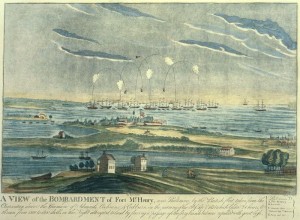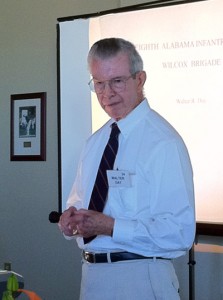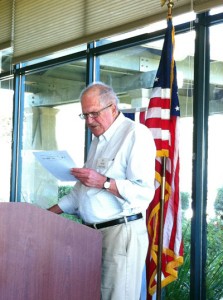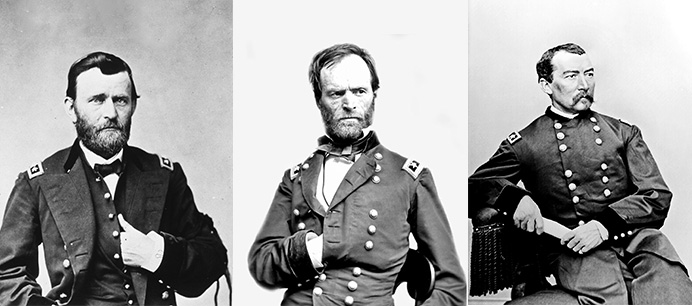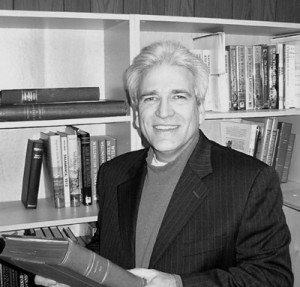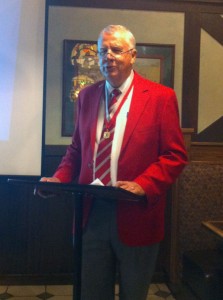Bob Hubbs on “Four Regiments and Four Privates”
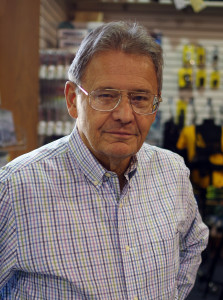 Often CWRT presentations are prepared based on an important Civil War battle, a famous Civil War person, a famous regiment or unit, or a special Civil War site or location. Bob’s presentation was prepared without any special fame and any famous leaders, but by selecting four unknown or little known regiments and an unknown or little known private from regiment and then doing research. Selection of the regiments and how the privates were selected will be presented and why they were selected. The four regiments will be followed from their formation until the end of the Civil War, and the movements, battles, and actions they encountered during that period. What happened to “their” private during the Civil War period? Why select only four regiments and four privates?
Often CWRT presentations are prepared based on an important Civil War battle, a famous Civil War person, a famous regiment or unit, or a special Civil War site or location. Bob’s presentation was prepared without any special fame and any famous leaders, but by selecting four unknown or little known regiments and an unknown or little known private from regiment and then doing research. Selection of the regiments and how the privates were selected will be presented and why they were selected. The four regiments will be followed from their formation until the end of the Civil War, and the movements, battles, and actions they encountered during that period. What happened to “their” private during the Civil War period? Why select only four regiments and four privates?
There were unexpected challenges is finding information about the regiments and the privates who were selected—several of those challenges will be introduced and discussed. It was a surprising search, discovering more information than expected, and it was much later after several years of research that Bob realized that he had material to give a presentation.
Bob Hubbs is active in the following Round Table groups: San Francisco, Peninsula, and South Bay. He has presented to each of those groups multiple times over the years. He has also served as the Program Chair for each of those groups.
From 1956 he has been active in research and laboratory work. During that period he has been called chemist, teacher, educator, Professor, Dean, and Historian. His Civil War interests are Grant, Lincoln, and he has been called on several occasions “A Dam Yankee”.


